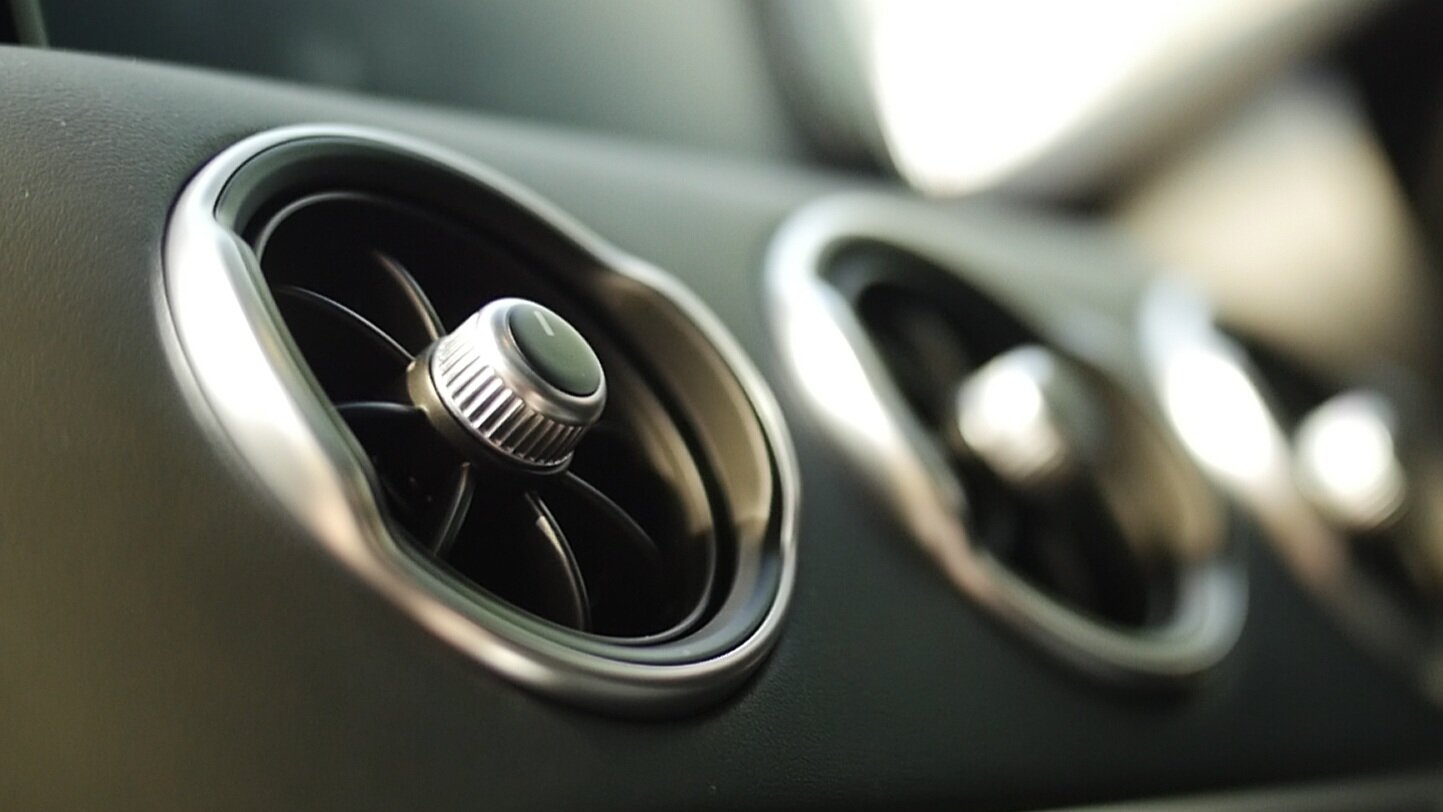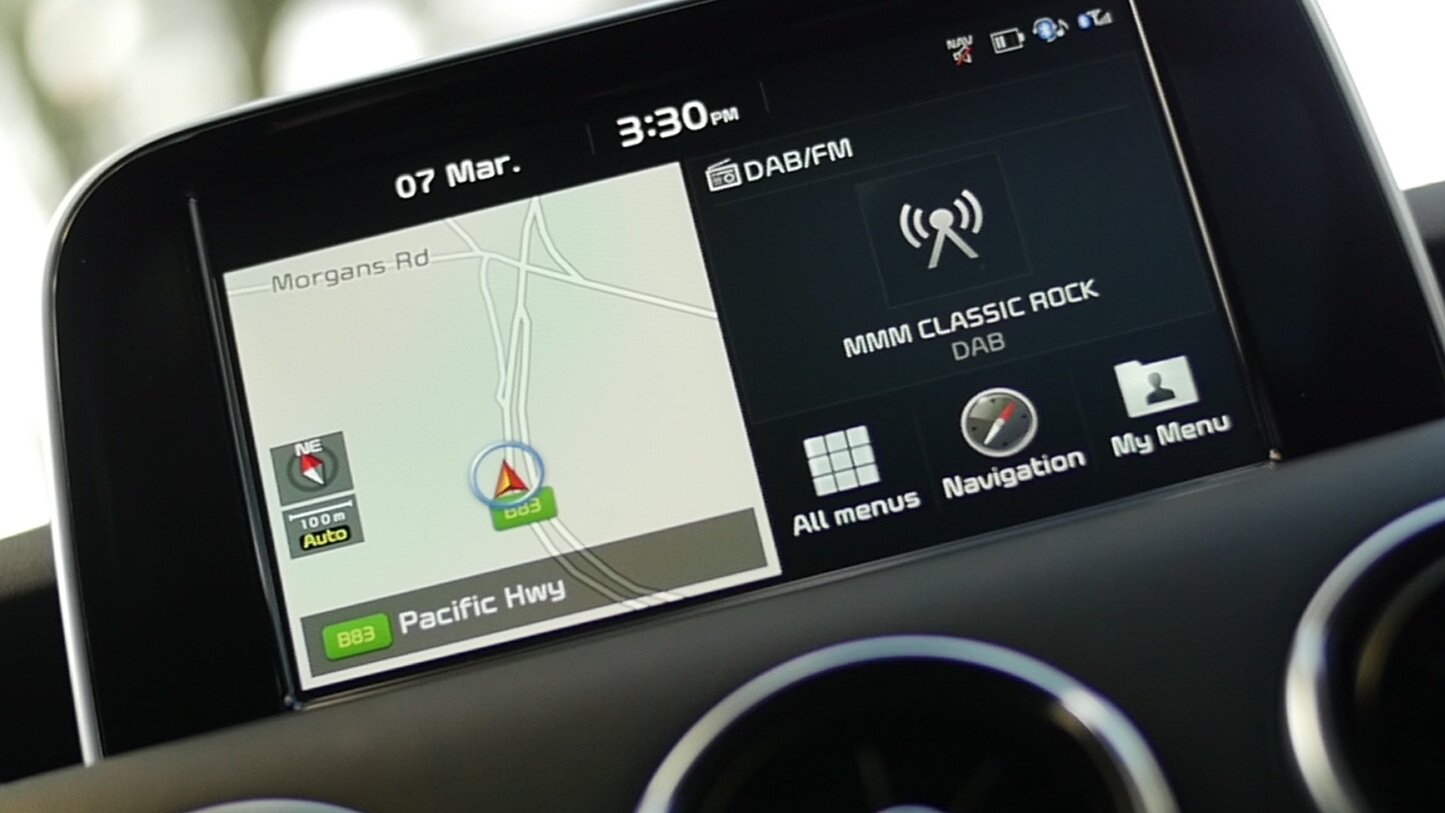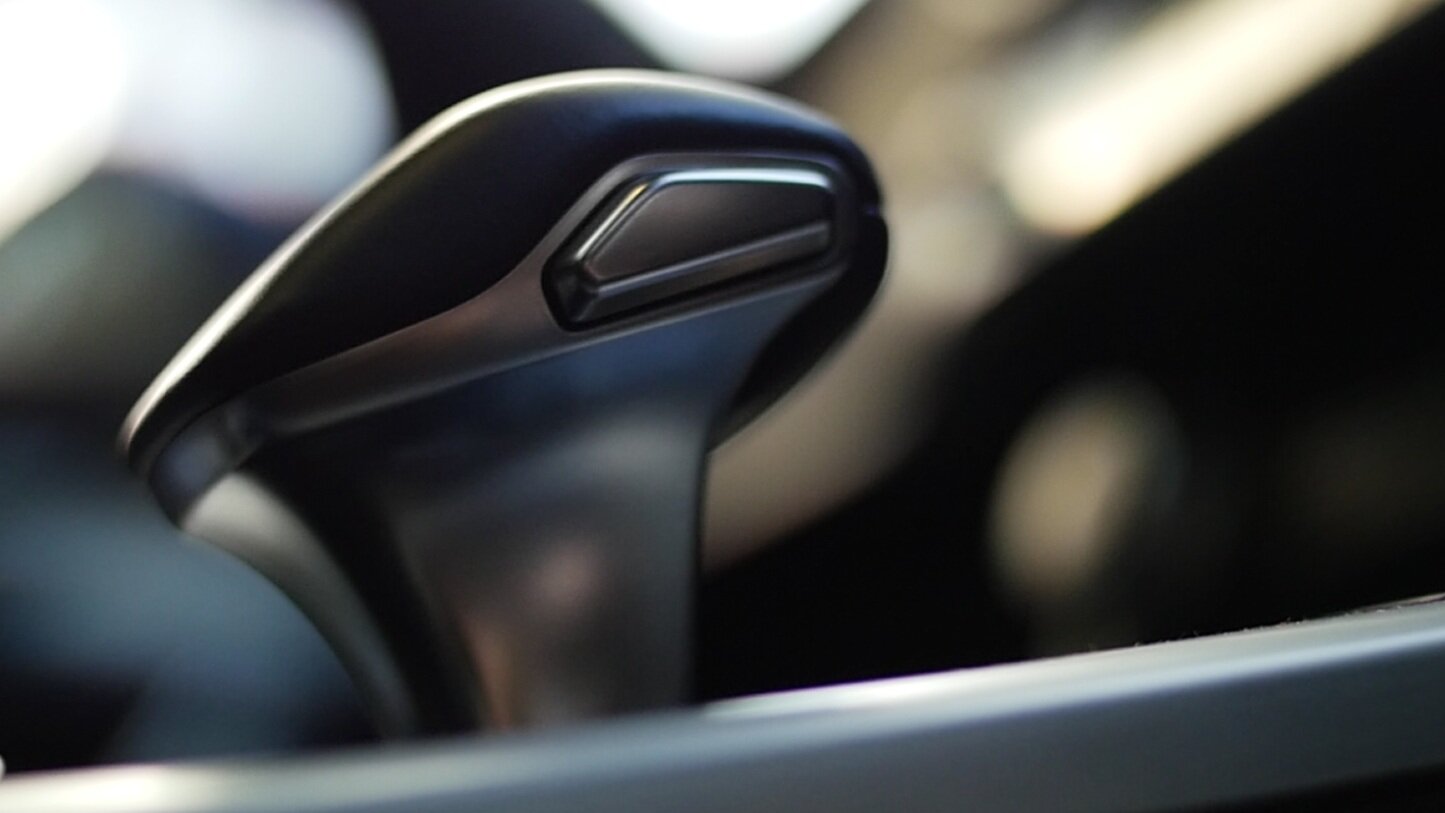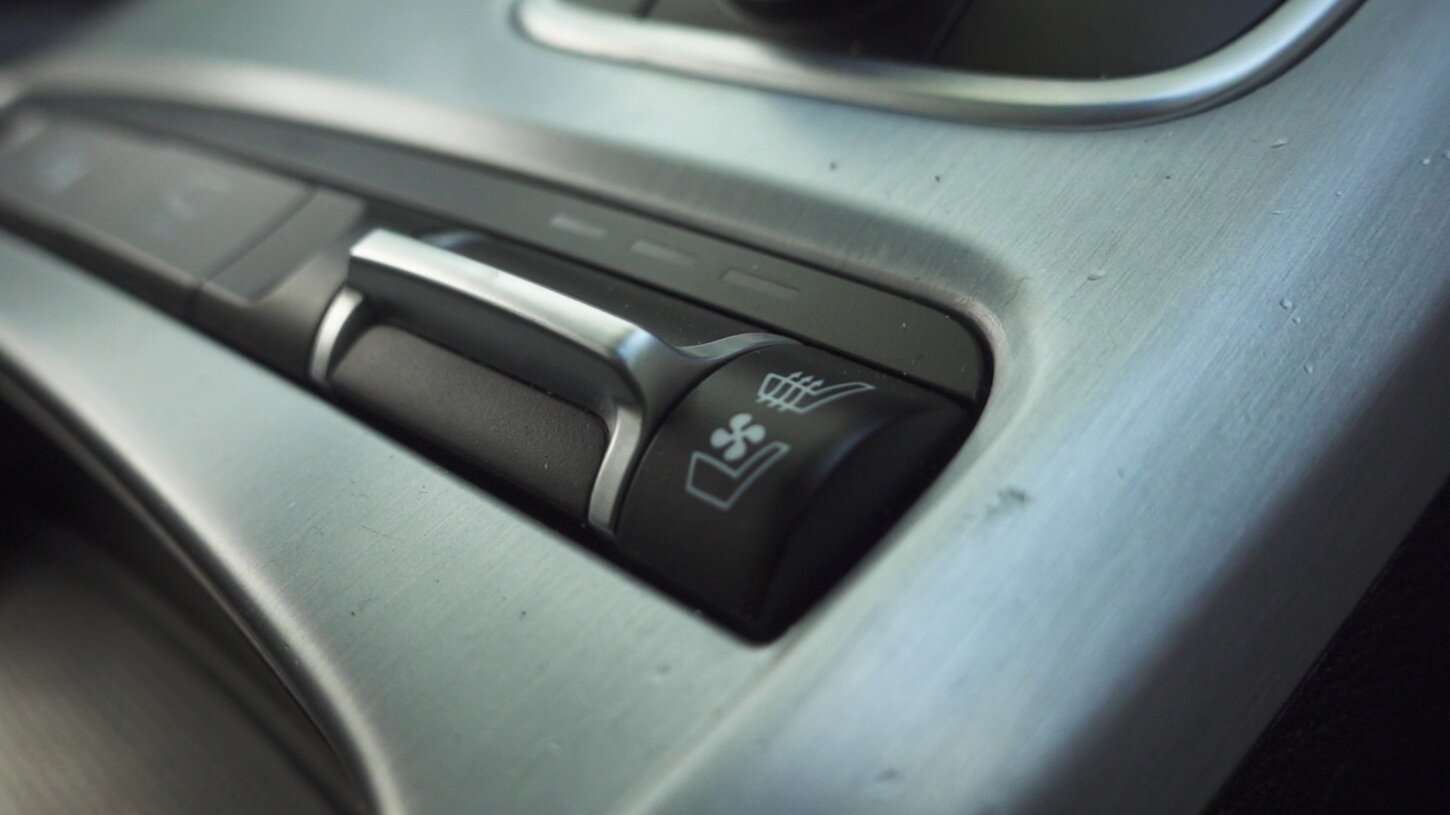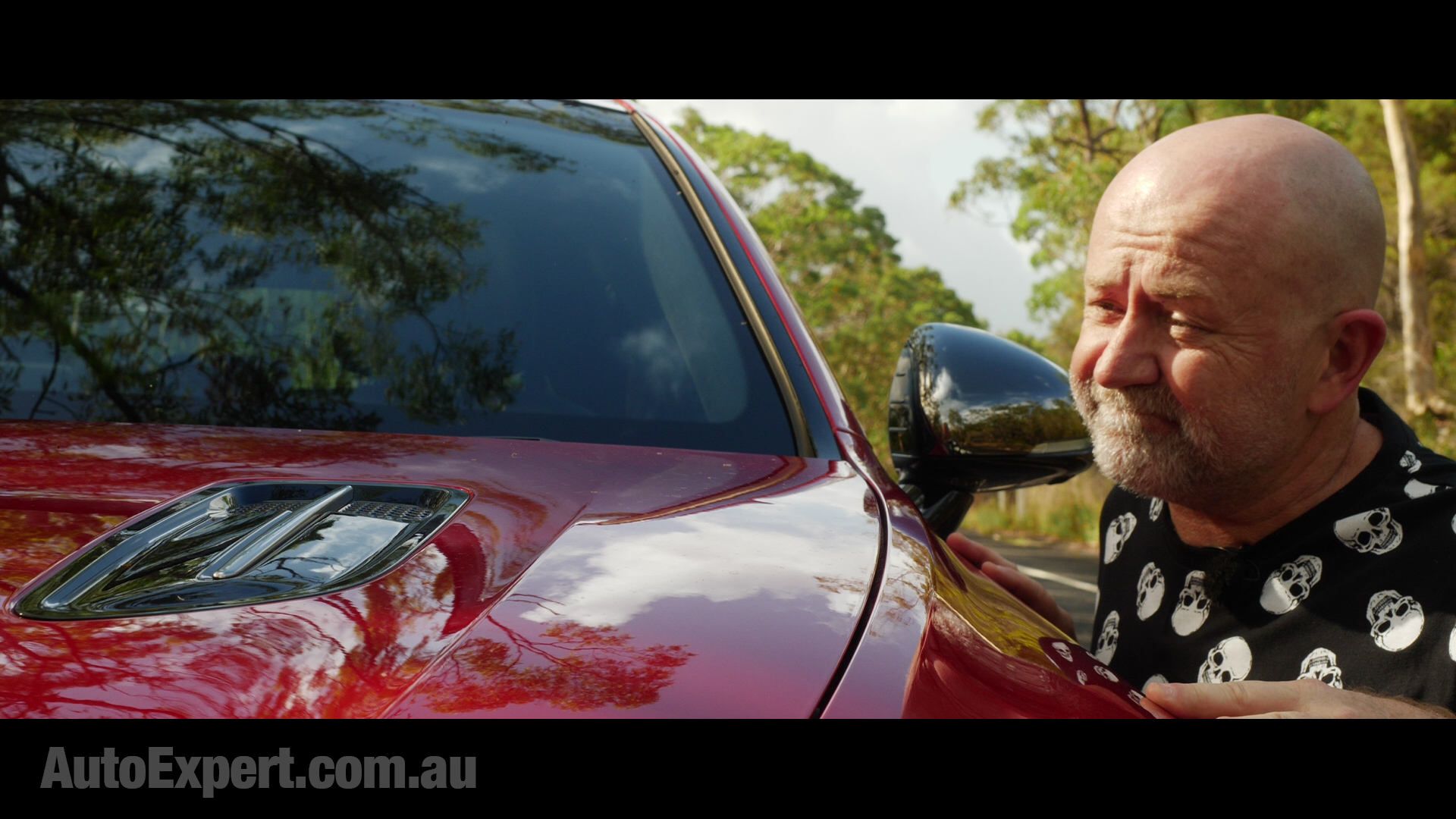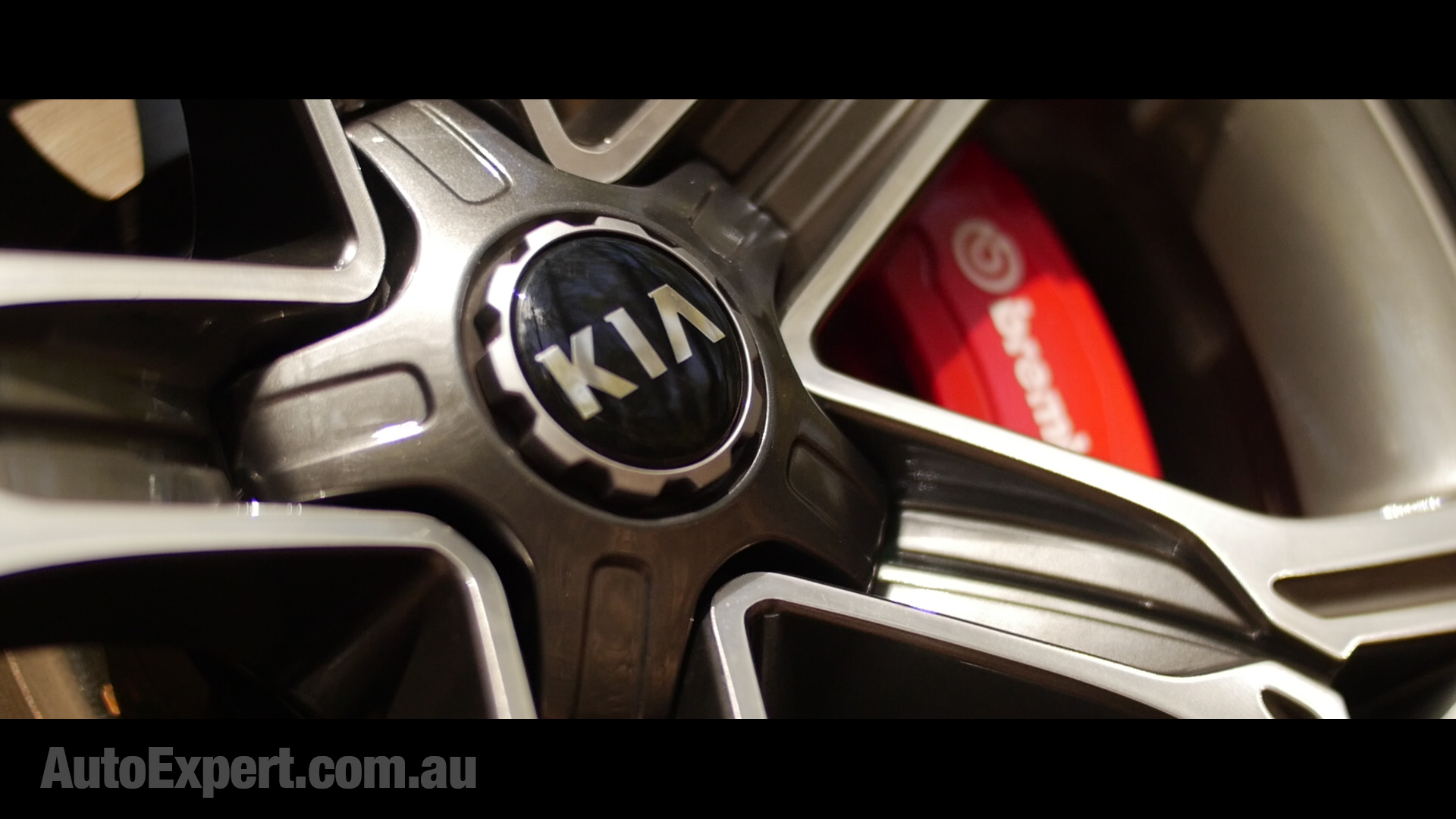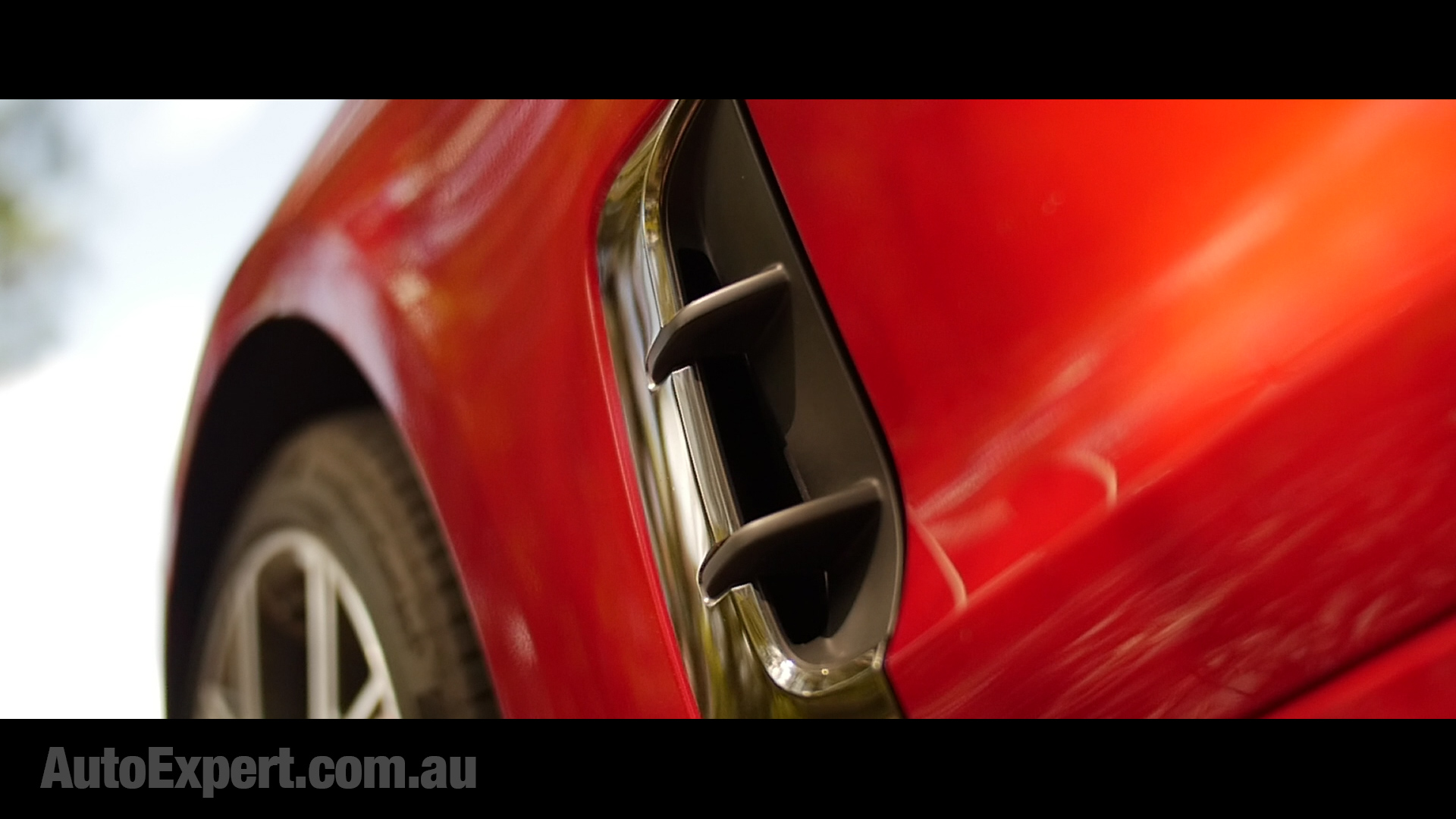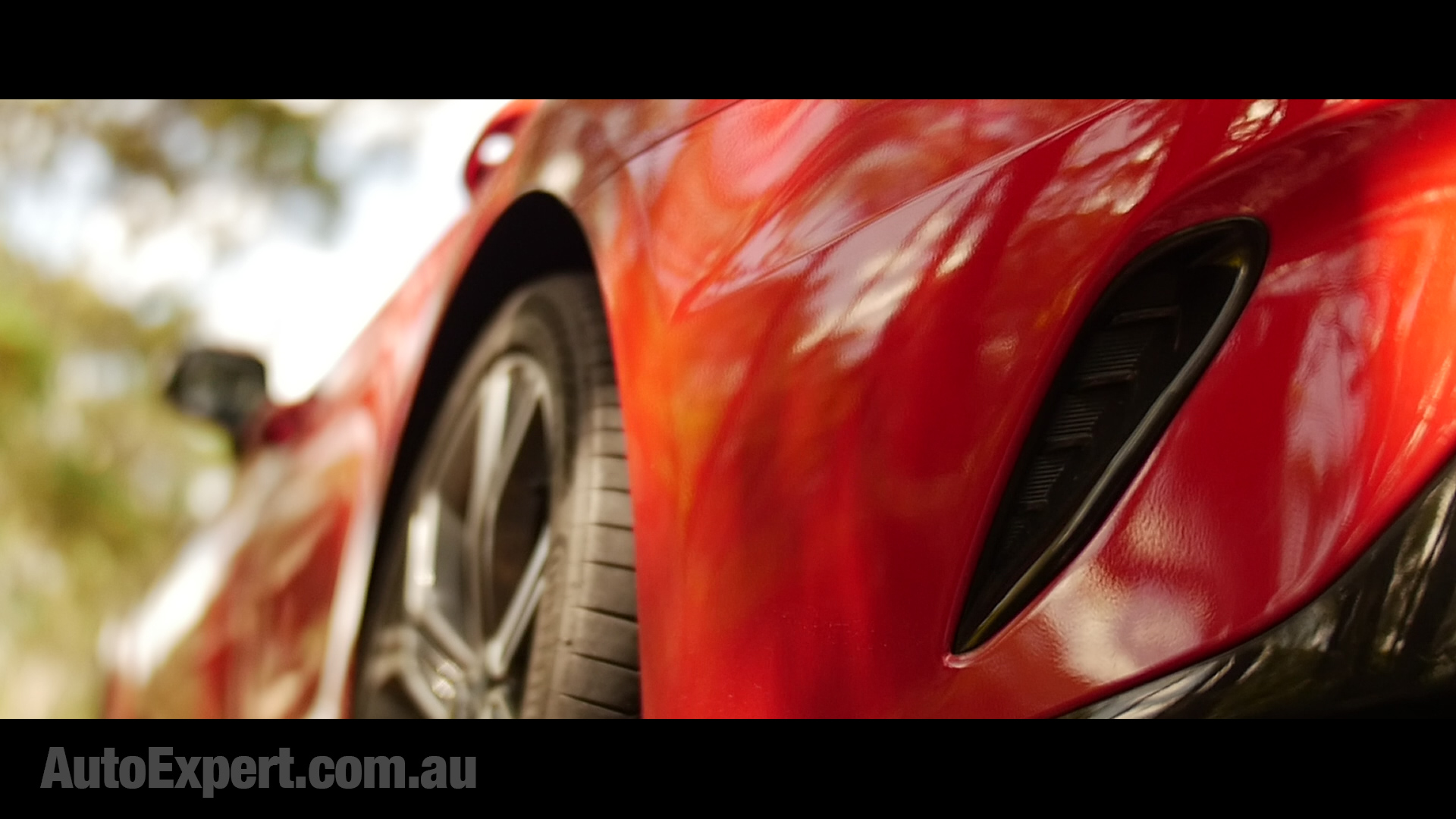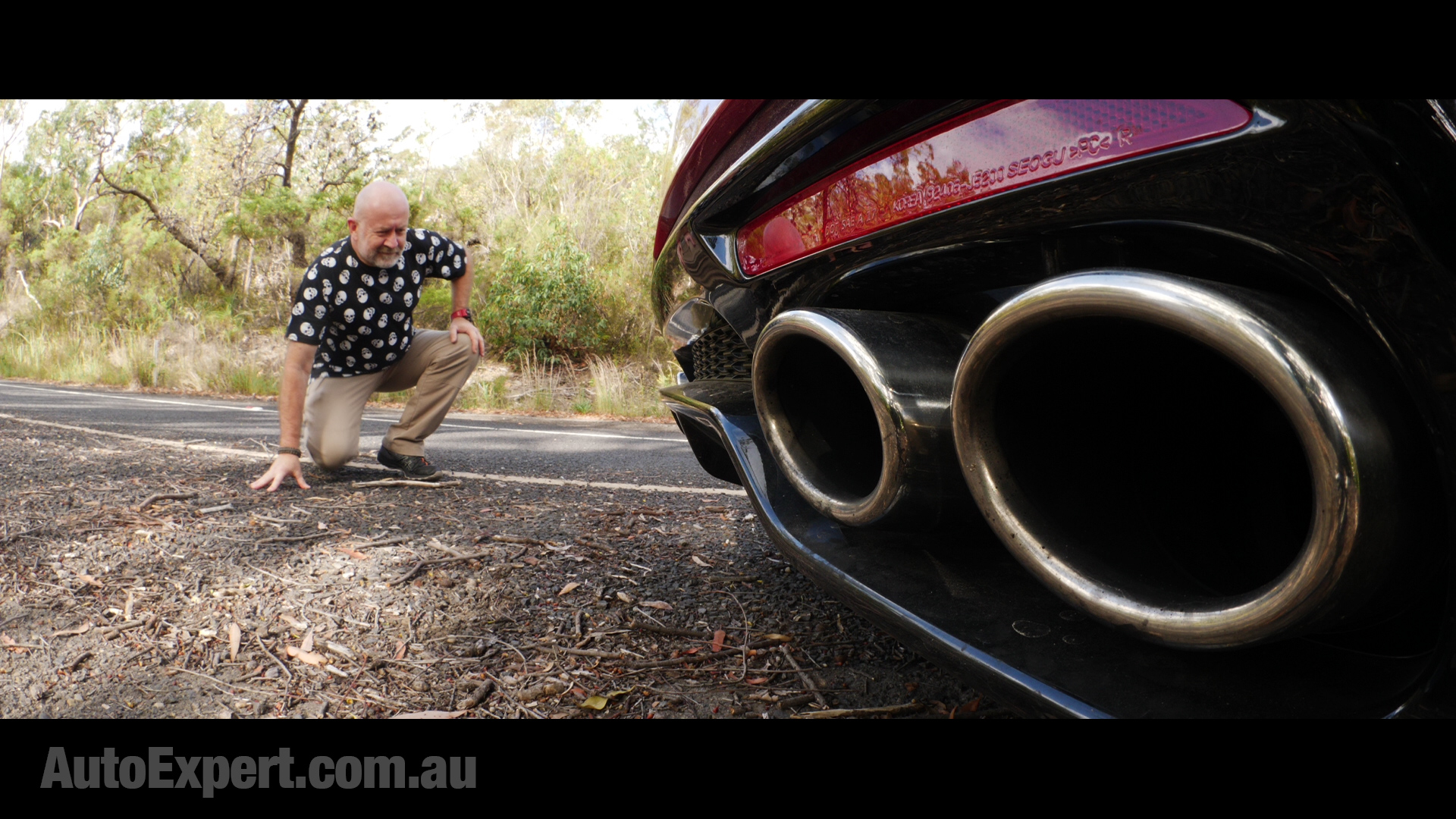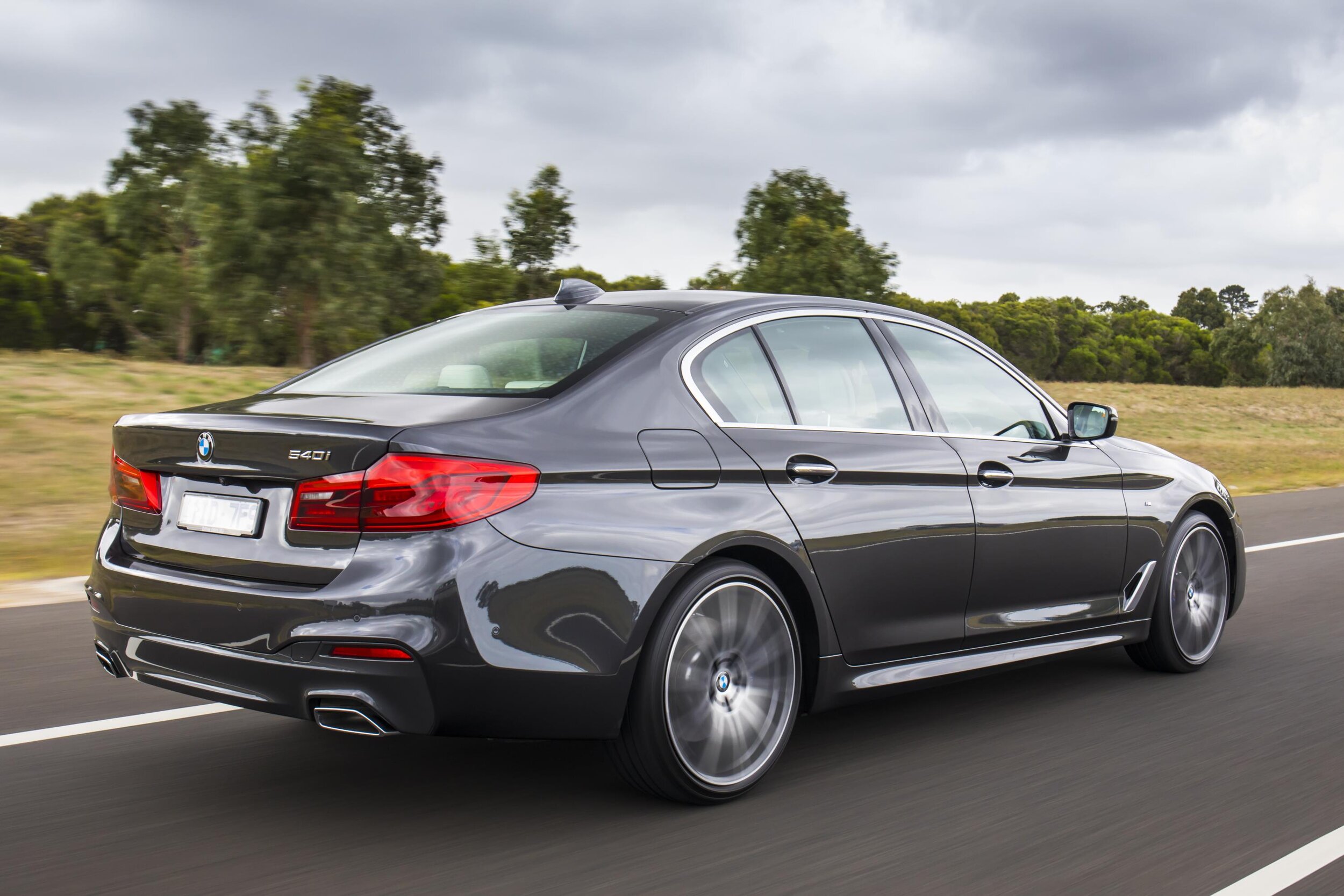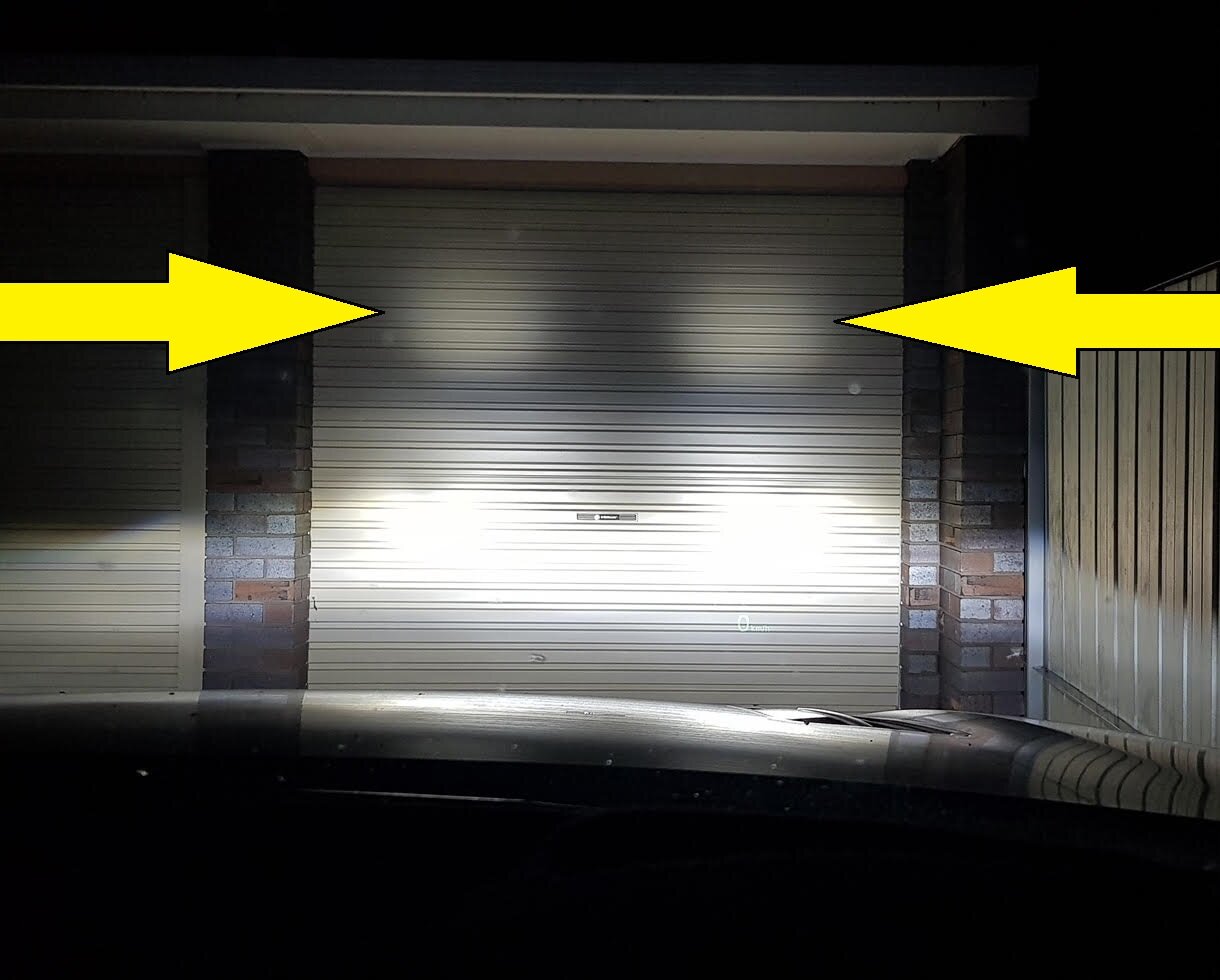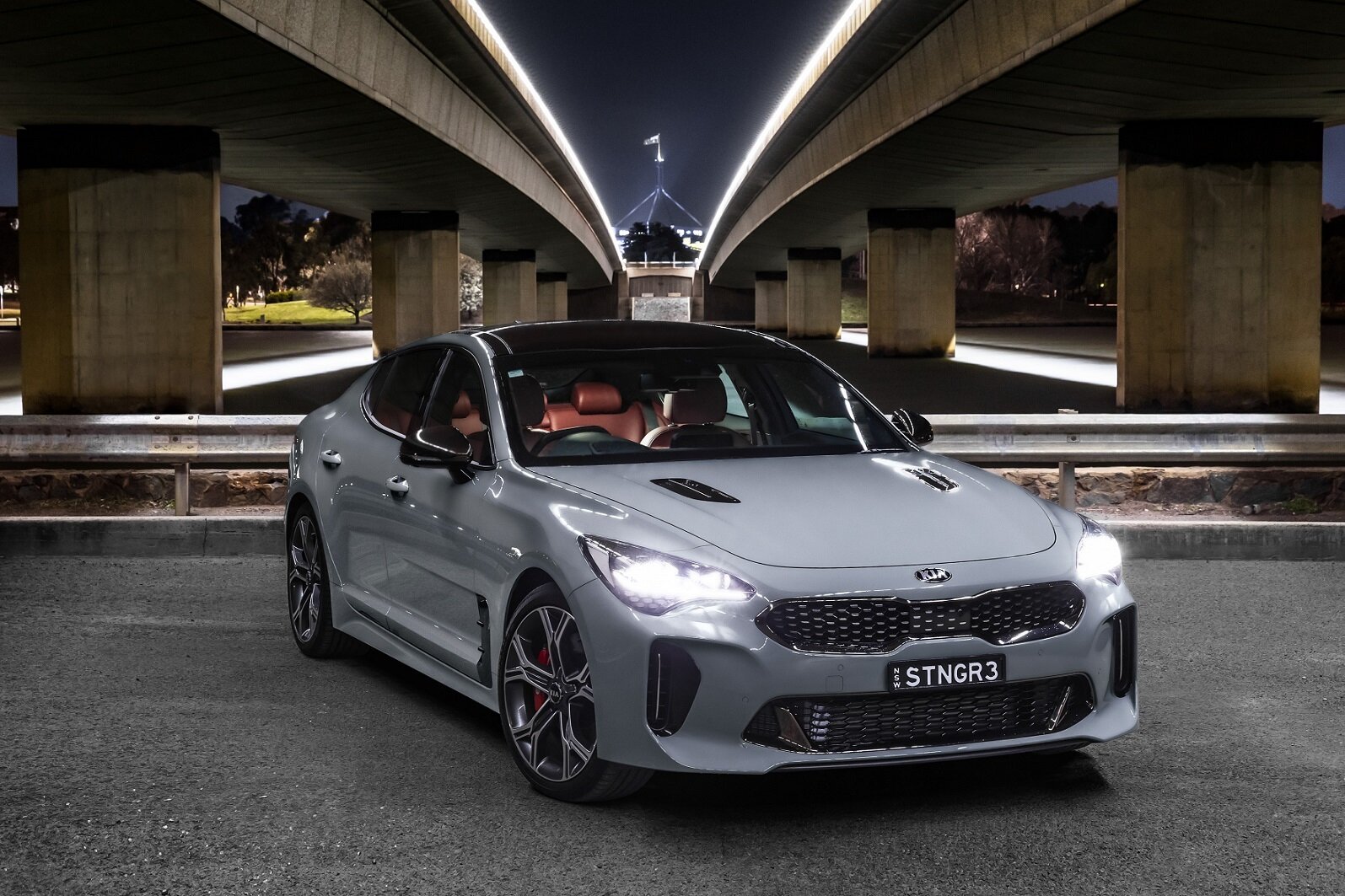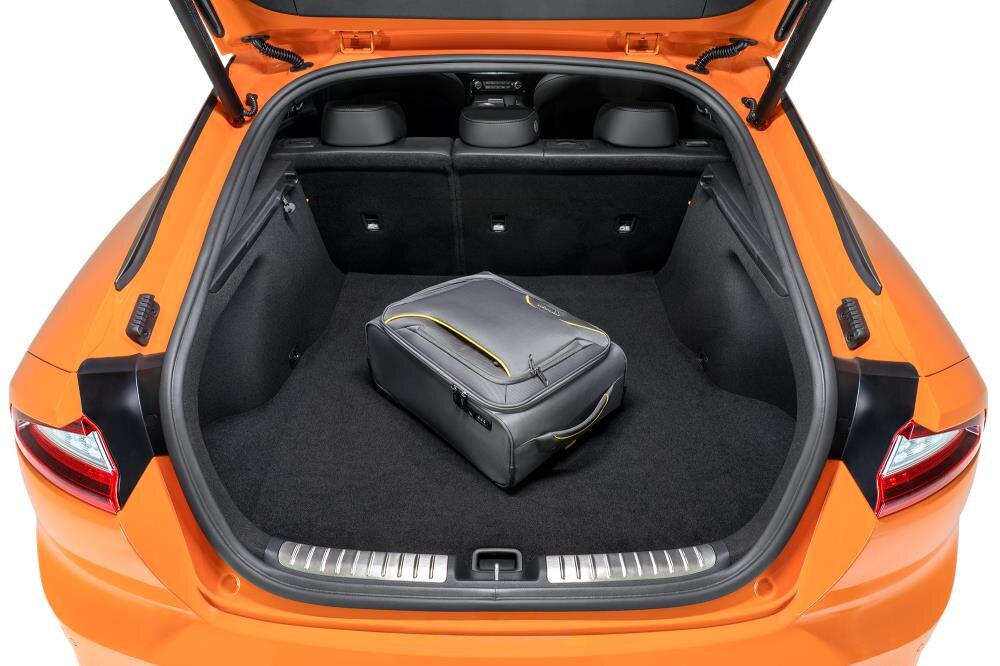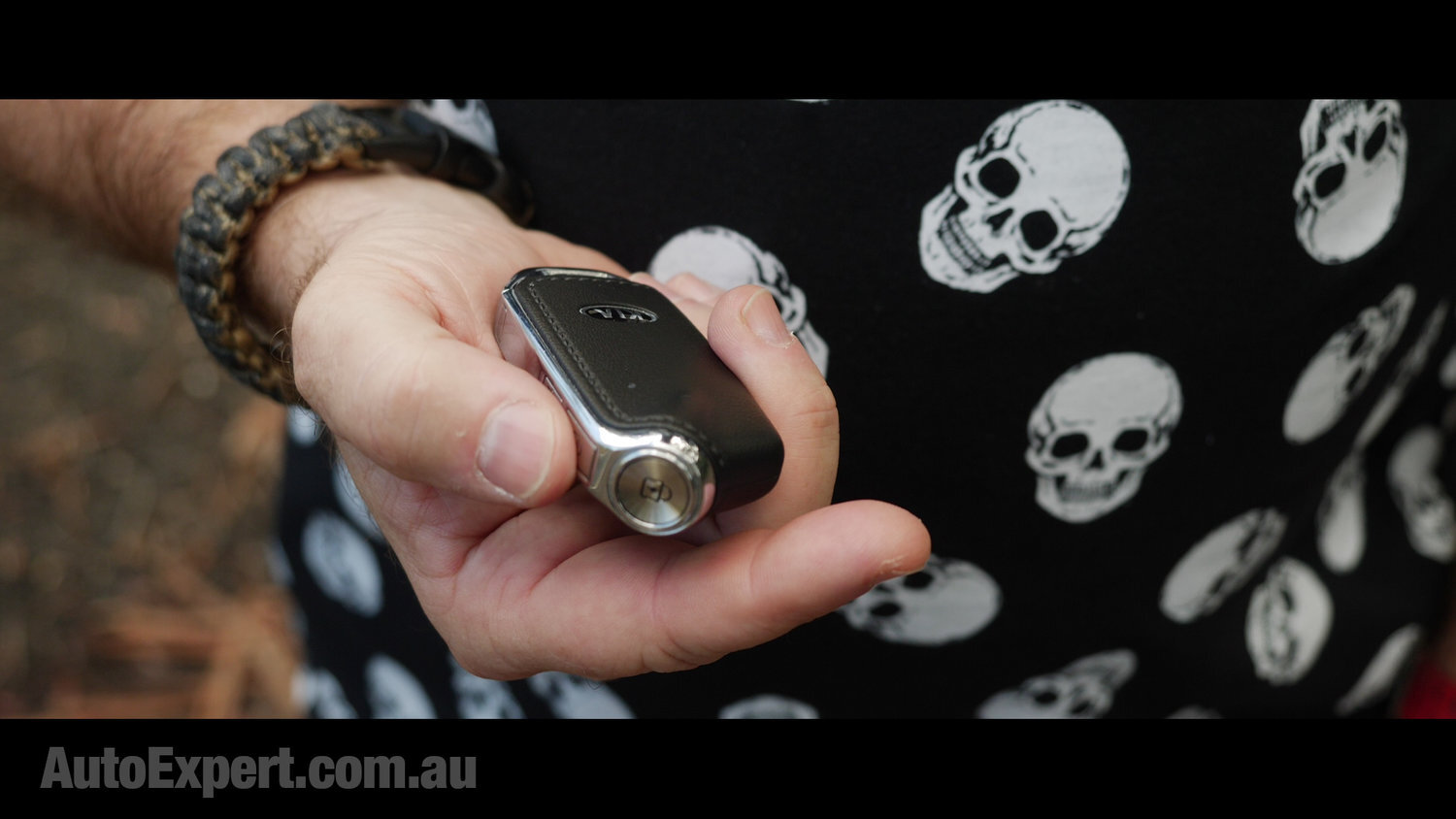Kia Stinger review, updates and buyer's guide
Want a grunty grand tourer that goes as hard as a BMW but is the same size as a large sedan? You'll needlessly spend more than double the money buying German. But don’t wait too long...
Premium design cues
Right off the bat you can see the designers at Kia took their cues from the German luxury brands. Even today, three years after it first appeared, the Stinger, looks fresh.
The air turbine-esque outlets could easily look the part on a Mercedes-Benz. The classy, brushed metal bling all over, the big central tablet screen, the gear selector akin to Audi styling (which is far more substantial than anyone really needs to shift from 'P' to 'R' or 'D').
Then there's the Porsche-style rocker selectors for the seat heating and cool air venting. That kind of thing is all over this car.
And none of it feels cheap, mismatched or hastily glued together - quite the opposite, actually. In fact, if you take the badges off, Stinger could easily be German. Meaning premium and classy - but of course there's a class of person who could not bring themselves to admit this, even with a gun at their head...
I'll help you save thousands on a new Kia Stinger here
Just fill in this form. No more car dealership rip-offs. Greater transparency. Less stress.
ATMO V8 performance
Elephant in the room: The twin-turbo 3.3 V6 Kia Stinger runs on standard 91 RON unleaded, drives from the blunt end like a proper GT car, and goes just as hard as the VF SS Commodore - that’s a 6.0-litre GM GEN IV V8 if you’re not from around here.
Same power. Same torque. Same rear drive. Same power-to-weight ratio. Same price. Goes just as hard.
If you’re still a dribbling, sulking mess lamenting the death of affordable rear-drive muscle, reality just called. Apparently, you’re allowed back in, albeit temporarily.
And if you’re part of the Ford Mustang fanboy club, prepare to either A) be enlightened, or B) consume a large helping of mother’s humble pie.
How long to live has the Stinger got?
Korean media reports suggest the end is near for the Kia Stinger. Has this modern day performance GT done its dash? Full report here >>
You might also want to consider whether you should buy a Hyundai i30 N Performance, or stick with the Stinger before it’s gone. A worthy choice regardless of which way you go. An open discussion on this topic is in the report above.
Fake -vs- real
I don’t normally comment on styling, because you’ve got eyes, right? But some of these styling choices are interesting. Let’s play a little game, called ‘fake versus real’. See if you can spot the fakes in the images below:
Bonnet vents - fake. They do absolutely nothing.
Big Brembos - very real. Awesome stopping power.
Centre spinner-type cap on the 19-inch alloys - fake. Five lug nuts under the fake spinner spokes. Bonus points if you can figure out how to take it off without resorting to the owner’s manual. Or damaging the wheel.
Brake vents for inlet and outlet up the pointy end - both real … but up the back - fake.
Quad exhausts - definitely real. All plumbed up and everything.
Stinger certainly sounds like it means business - and without doubt it’s the classiest, most upmarket Kia ever.
Unbeatable bang for buck
For $68 grand, the fully-loaded Stinger GT Carbon Edition delivers the same performance as a BMW 540i M-Sport - a car that’s the same size and costs $77,000 more at over $145,000 (and it’ll be another $10k in tax if you’re Victorian).
Stinger is muscular but comfortable, and it moves like a cut cat at a moment’s notice – kind of like a bodyguard in an Armani suit. You know: Relaxed but poised to let rip.
Engine performance
Engine performance is beyond respectable. 272kW and 510Nm from the twin-turbo 3.3 V6. 4.9 seconds from 0-100km/h and 153 watts per kilo (and anything above 100 there is genuinely sporty). And it runs on standard 91-RON unleaded. Even Mustang GTs should be nervous doing mid-four seconds with bigger, thirstier Coyote V8s.
Performance is basically the same as a 5.0 or 6.0-litre atmo V8. That’s just a fact. You might not like Kia suddenly swimming in the GT or even muscle car lane of the automotive pool, but the cool thing about facts is: You don’t have to like them.
Transmission
Mid-range power delivery is superb - I’m blaming the turbos for that. And the eight-speed transmission does a good job loping along eating up the kays. But I think they could have done a better job adapting the transmission to sportier driving. To me, it just seems permanently in ‘comfort’ mode.
Not only that, but, annoyingly it makes these quirky autonomous decisions about up-shifting and down-shifting, even in manual mode - and I hate that. I just want to be in charge when I want to be in charge. It’s a character flaw. If there’s a weak link in the performance chain, this is it.
Custom drive mode
It’s a shame, because the rear-drive balance is so rewarding. It offers fantastic interplay between throttle, steering and yaw response, and everything else on this car is so adaptable and so customisable to your own personal preferences. For normal driving I set up my own custom drive mode - easy to do - powertrain and steering to ‘Sport’ and suspension to ‘Comfort’.
I did this because the steering is not without feel, but it’s just a little lighter than I prefer, and sport mode helps there, and ditto the sport mode on the engine which sharpens up in particular the throttle response and the shifting logic.
And the suspension is naturally hard-ish, or at least the dampers seem pretty firm - and for me, Sport mode makes them a bit too firm unless you’re setting some lap record.
On the road
Overall, this is a very rewarding, luxurious and comfortable car for long-distance driving - and it can be very fast from A to B if you want. It’s a true grand tourer in every sense.
It actually gets a lot of interest in traffic - plenty of jockeying for position, even among owners of upmarket German cars, oddly enough. Especially in the red, which is the best colour in the range. If you’re into the seriously outrageous, perhaps the new Carbon Edition orange might be more your flavour.
The acid test of desirability for me is: When I filmed this review the Stinger was due back in two days - and sometimes I look forward to that. That day, though, I was actually wondering how long it would take Kia to call the sheriff if I elected to keep reviewing it indefinitely...
Design details
There are some fantastic details on this car - the black chrome. I mean, this is the chrome they have in The Matrix, right? It’s all got a touch of Christian Louboutin about it - but in a testosterone-fuelled, muscular (but not Mardis Gras) way. And there’s only one ‘Stinger’ badge, up the back - which if you ask me is a classier, more understated way to do this than, for example, the four billion STI badges on the flagship WRX. The adaptive cruise control radar pad hidden in plain sight on the grille. Nice touch there.
On a more practical note, the auto tailgate is a nice touch if you’re juggling a kid and 100 kilos of groceries, and there’s sufficient space in there for actual luggage, without compromising rear passenger space, which is also beyond adequate, both dimensionally and in terms of luxuriousness - even if your teenagers are off the chart, ectomorphically.
There is also a quirky feature of the headlights which I discovered recently, thanks to an eagle-eyed (and incredibly bored) owner who contacted me about mysterious lights in the sky. Learn more here >>
Size and sensibilities
Stinger measures up at 4830mm long, just 41mm longer than a Mustang (4789mm) and yet all flavours of the Kia offer 406 litres of boot space - plenty for a sack of golf bats, or even a reasonable size two-person tent - making it as near as makes no difference to the Mustang’s 408 litres. The difference is in the execution. Mustang has two matching jutting-out corners where the tail-lights into the boot’s opening, compared to the Stinger’s which is just a normal, wide simple portal. There will come a time when Mustang’s stupid boot will drive you mad.
Stinger’s tare weight is 1780kg in its heaviest GT version, whereas Mustang kerb weight tops 1840kg in its top-spec, also called ‘GT’. Add about 45kg for additional fuel (in Stinger’s 60-litre tank) to bring them to a level scale and you’re looking at the Kia still about 25kg lighter. Mustang’s fuel tank (demanding premium 98 octane) measures 61 litres in the GT and only 59 in EcoBoost versions.
Some have suggested Mustang offers better value than Stinger, but does it really? There’s barely any legroom in the Mustang and more than enough in Stinger.
And how about this: if that’s not the best interpretation of the modern car key, I don’t know what is.
In fact, if I ruled the world, this is the button I would specify to launch the airstrike that wiped Kim Jong Un “Vaginabrows” off the face of the planet.
(Not that I would ever seriously suggest such a thing. Wink, wink...)
So, on balance I guess you’d call that a sincere stamp of approval.
Should you buy one?
Who is a Stinger right for?
I’d suggest if you’ve previously been into that rear-drive muscle thing, and you’ve been gutted by the demise of Holden and Ford, then Stinger is the light at the end of the tunnel.
I’ve seen some reviews quite keenly out of touch with the facts on this, and I’d suggest these are A) looking in the rear view mirror with rose-coloured glasses, and B) written by people still grieving the loss of the local bent eights and blown sixes.
And if you need a ‘C’, then, C) two-thirds of car reviews online are bullshit. So, there’s that.
Me? I’d say hyper-criticality here is undignified and also that these things are machines - so they’re overwhelmingly better assessed in an objective and not emotional way. The fact is: the limits of performance on a V6 twin-turbo Stinger are very high... so high that you’d need to be a crazy-brave individual indeed, with breathtakingly poor impulse control, to drive one of these babies at the limit on a public road. Because if you did, and it all went wrong, your clothes would be out of fashion before the scenery stops.
On the rear seat, however, I’m not sure it’s not just a little claustrophobic in the back for extended trips, given the somewhat high sills and the low roofline. But at least people do definitely fit back there, even full-sized ones - unlike in a lot of sports coupes.
There was one thing Australian-built performance sedans like the V8 Holden SS Commodore and Ford XR-series Falcons got absolutely bang-on, and that was undeniable, supreme, continent-crossing comfort. You could drive Melbourne to Sydney or even Sydney to Bris-vegas and not get out collapsing on the ground. Stinger feels this way.
V6 -vs- four-cylinder
I guess that leads to the key question: Should you buy the turbo 2.0-litre four cylinder or the twin turbo V6? It’s a $3000 upgrade, which in my view is trivial in the context of a $50,000-ish purchase that’s going to be a one-off for three-to-five years.
You get 50 per cent more peak power and 50 per cent more peak torque with the V6. And it’s 4.9 to 100km/h versus 6.0. So, it’s pretty hard to make the case for the four.
I spent a week in each - the four-cylinder first - and the four was OK. But the V6 is like going to business class for the first time. Economy seems even more shit, next time you fly, right?
I guess, if you make all your own clothes and you’ve always wanted to be a hairdresser, and you’re a tightarse, the four could be just right for you. Not that there’s anything wrong with that.
Fat beats?
There weren’t too many things I hated about the Stinger. The transmission logic could be better. It does play some … interesting tunes in the cabin on entry and departure. Click the image (right) to listen to Hell FM...
(Thankfully, you know, you can disable those chimes, so there is a God after all. The point is you need not suffer some South Korean software engineer’s idea of auditory foreplay and post-coital cigarette every time you drive your Stinger.)
Just get the appalling chimes turned off. That’s do-able, I’m told.
Personalisation potential
Speaking of customisation, this car is very customisable. You really can select a range of modes and settings as your ‘Goldilocks’ Stinger settings preference. So, if you buy a Stinger I’d highly recommend you take the time to wade through the menus and do this, because it’s certainly not a one-size-fits-all deal.
There’s some very nice touches, too, from a user-interface point of view. You get message centre confirmation when you alter, for example, the lights. That’s quite neat.
Safety rating
Finally, there’s the safety rating - five stars for all but the entry-level models, which get three. I’m not going to dwell on this here - I’ve already done a full report >> on this (or you can just watch the video, right). Suffice to say, it’s not a cynical exercise on Kia’s part, like it was for Ford with the two-star Mustang >>
All Kia Stinger models crash the same, in the ANCAP tests - and the crash performance is worthy of five stars. Kia’s meeting a price-point on the entry-level models, and they don’t come with enough safety-assistance technology to earn five stars under the new ANCAP test regime. If you want five, it’s pretty simple: spend more money.
ANCAP's Stinger safety details >>
Conclusion
Stinger is a true grand tourer - it’s quite a bit harder-edged than a luxury car, but very rewarding to drive at eight out of 10 from A to B in the country. It’ll get you to the office and back Monday to Friday as well, plus it’s a bit of a head turner.
In my two weeks in Stinger I drove it in all kinds of conditions - freeways, backroads, urban cut and thrust. I really enjoyed it. I wondered for the millionth time what the obsession with SUVs was all about.
I could live with a Stinger V6 for three-to-five years without once feeling like I’d sentenced myself to a kind of automotive Guantanamo Bay. Quite the opposite.
It’s got a couple of minor quirks, but you can live with those. And the straight line performance is sensational. Serendipitous timing for Kia in ‘Straya - turning the demise of Ford and Holden into a solid commercial opportunity.
Kia Stinger current pricing & specs at Kia's website >>




